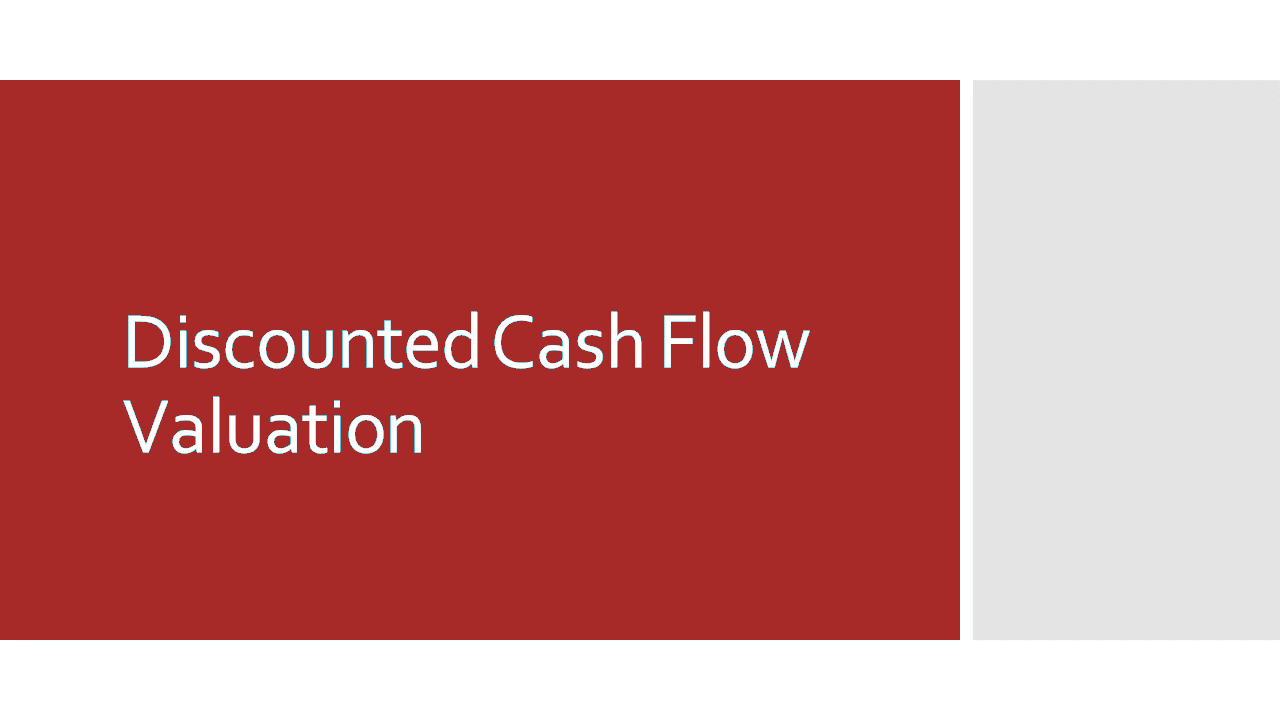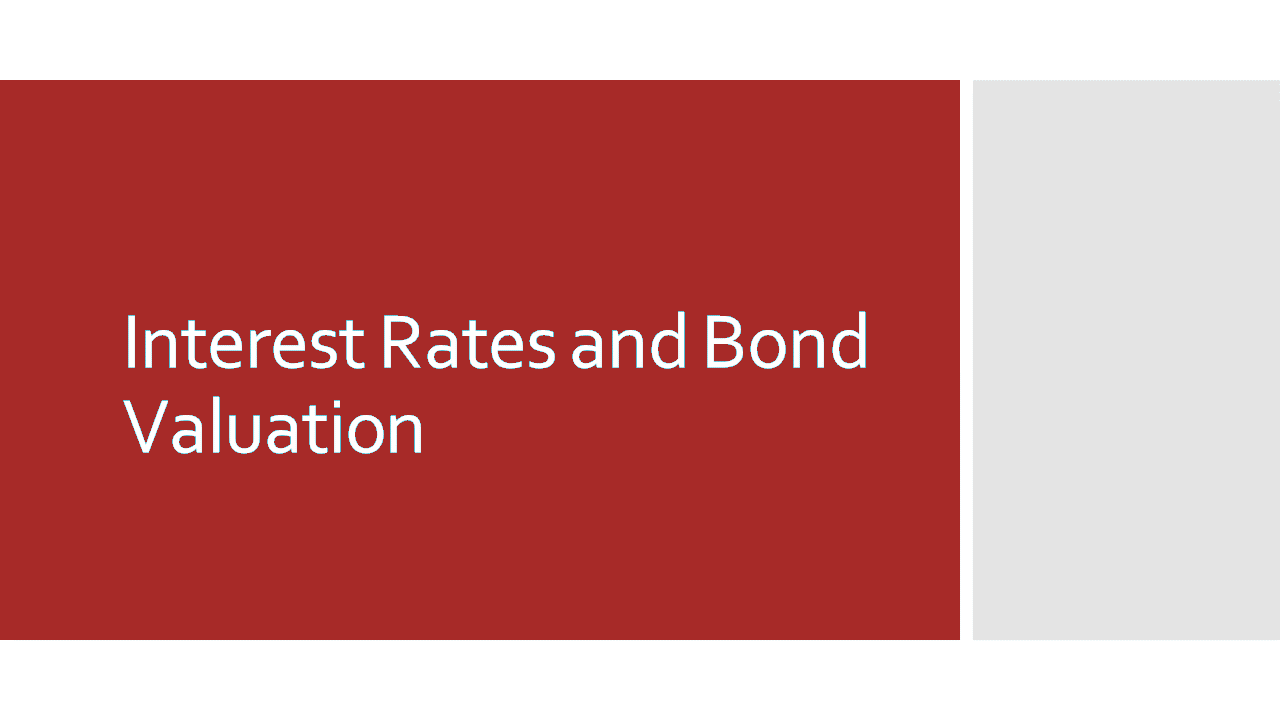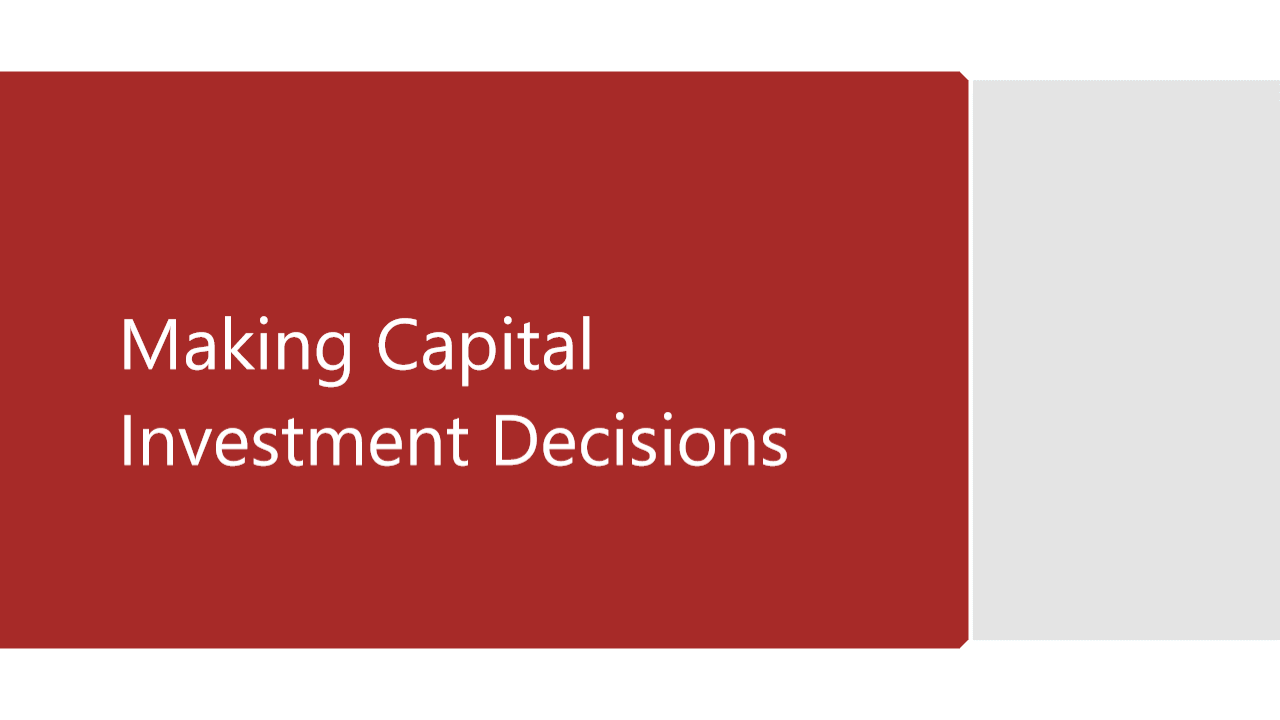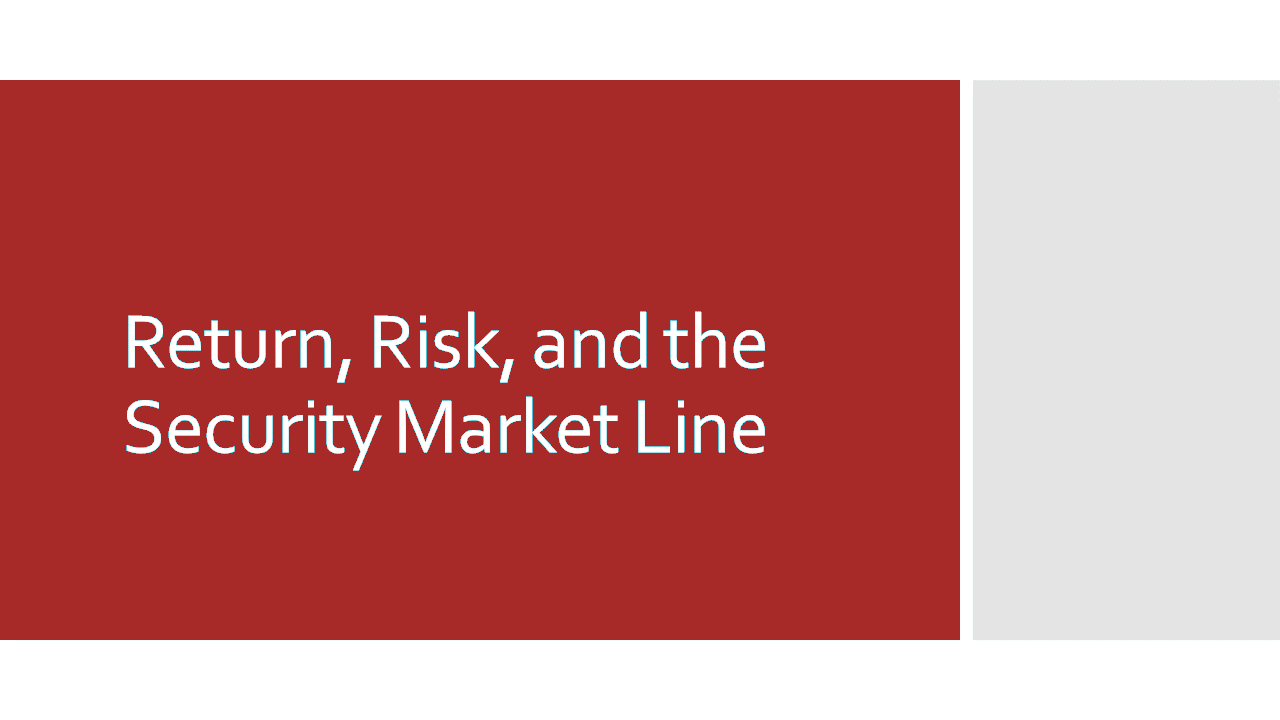MBAA 6070 Managing Financial Resources
Slides are meant as a template for lectures and should not be used in lieu of coming to class. Slides are constructed based on topics from Ross, Westerfield, and Jordan Fundamentals of Corporate Finance.
Class PlanModule 1: Financial Statement Analysis, Cash Flow, and Financial Models
Topic 1: Financial Statement Analysis
This lecture covers the calculation and understanding of standardized financial statements and financial ratio. Students will be able to analyze firm performance by examining trends and comparing with competitors (or peers)..
View Slides Printer Friendly Slides Financial Ratios Topics Practice ProblemsTopic 2: Cash Flow and Financial Models
This lecture briefly introduces the concept of cash flow and overviews the sales approach to financial models (planning). We also discuss growth rates and the need for external financing.
View Slides Printer Friendly Slides TopicsModule 2: Time Value of Money
Topic 1: Introduction to Valuation
This topic introduces the most important topic and skill in this course -- Time Value of Money. You will learn the basics of calculating present value, future value, discount rate, and number of periods.
View Slides Printer Friendly Slides Topics for Quiz Practice ProblemsTopic 2: Discounted Cash Flow Valuation
In this topic we will extend our discussion on Time Value of Money. We will add (un)even cash flows to the calculations. We will also cover annuities, perpetuities, including a growth rate, EAR vs APR, and briefly discuss loan types.
View Slides Printer Friendly Slides Topics for Quiz Practice Problems Practice ExercisesModule 3: Interest Rates and Bond Valuation
Interest Rates and Bond Valuation
This topic will discuss bonds. Including valuation, terms, types, ratings and term structure. We will also discuss real vs nominal rates.
View Slides Printer Friendly Slides Topics for Quiz Practice ProblemsModule 4: Stock Valuation
Stock Valuation
This module introduces stock valuation. We will discuss the concepts of intrinsic and relative valuation and valuation tools such as Dividend Growth Model and Trading Multiples. Common terms and features associated with stocks and the stock markets are also covered.
View Slides Printer Friendly Slides Topics for Quiz Practice ProblemsModule 5: Capital Budgeting
Topic 1: Capital Budgeting Tools
In this topic, we will use the our Time Value of Money skills to evaluate potential investments. We will cover capital budgeting tools such as Net Present Value, Payback Period, and Internal Rate of Return. We will cover the calculations as well as the correct decision criteria. Non-conventional cash flows and mutually exclusive projects are also discussed.
View Slides Printer Friendly Slides Topics for Quiz Practice ProblemsTopic 2: Making Capital Investment Decisions
In this topic we will learn how to calculate expected future cash flows for a project and then apply our capital budgeting tools to make investment decisions. Topics include incremental cash flows, sunk costs, opportunity costs, depreciation, and pro forma financial statements.
View Slides Printer Friendly Slides Topics for Quiz Practice ProblemsModule 6: Risk and Return
Risk and Return
An introduction to risk and return. We cover average vs Geometric return, the efficient market hypothesis, calculation of portfolio returns and variances, diversification and the capital asset pricing model (CAPM).
View Slides Printer Friendly Slides Topics for Quiz Practice ProblemsModule 7: Cost fo Capital
Cost of Capital
A brief introduction to cost of capital and the calculation of weighted average cost of capital (WACC).
View Slides Printer Friendly Slides Topics for Quiz Practice Problems








